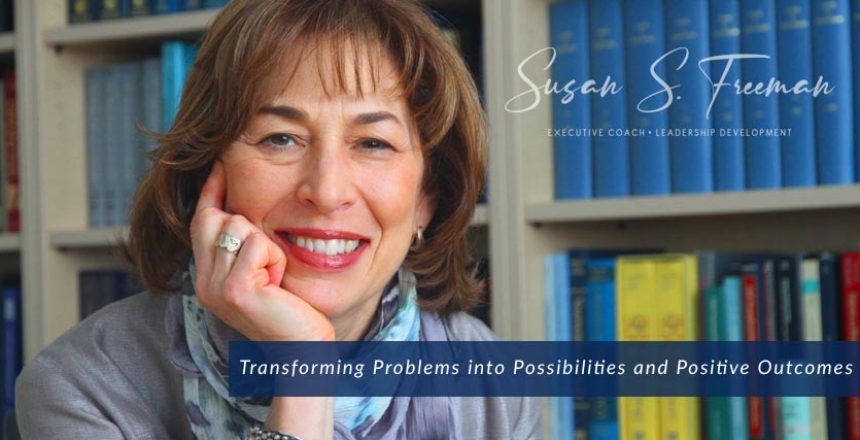This is the third in a four-part series of material I developed and presented at a recent panel that explored Women’s Leadership. Entitled “Education for a Changing Plane. This was the first Summit convened by The Akilah Institute, an organization to which I have been deeply committed for a decade. For more information on this extraordinary entrepreneurial story that is changing education and economic empowerment on the planet, visit their website. To read part I of the series, click here. For part II of the series, click here.

Part III: Are there different strategies for men and women?
Strategies may be similar, but with extra emphasis due to high levels of cultural biases against women.
Leadership Circle 360, a research based scientifically validated 360 instrument assesses 18 creative competencies that drive leadership effectiveness.
These two have biggest correlation with leadership effectiveness:
- Purposeful and visionary
- Fosters Team Play
Other behaviors that are highly correlated, in order of importance include:
1. Mentoring and developing
2. Interpersonal intelligence
3. Collaborator
4. Achieves results
5. Decisiveness
6. Strategic Focus
7. Personal Learner
- Important to note is that while these “creative competencies” are the drivers of positive leadership behaviors, the “reactive” or habitual programmed responses that PREVENT leaders from utilizing their full creative talents are equally important.
- These are the domain of effective leadership coaching and development work.
- They include the degree to which a person is controlling, protecting, or complying. High scores in the reactive arena will reduce a leaders’ potential for full utilization of skills
- So, I would say that what would be helpful –for both male and female leaders–is to invest attention and energy into self-development.
This includes:
- Self-assessment
- 360-degree validated assessments
- Pending the results of above, developing a concise Leadership Development Plan to serve as a roadmap to perceptual and behavioral change that supports the leaders’ goals
- Development of a “Purpose Plan” outlining your mission, vision, values, as a leader
- Having an accountability plan and a trusted accountability partner to support you
Your organization can only grow to the degree you are growing yourself as a leader; your maturity and self-knowledge are at the heart of everything you extend to others
Where there may be different strategies required for women and men:
Data published in Harvard Business review in June, 2019, reviewed corporate research based on thousands of 360-degree reviews of women in leadership found that:
- Women were perceived as being every bit as effective as men; in fact women outscored men on 17 of 19 capabilities that differentiate excellent leaders from average or poor ones!
- In fact, women scored at a statistically significantly higher level than men on vast majority of measured leadership competencies.
- Yet; 4.9% of Fortune 500 CEO’s and 2% of S & P 500 CEO’s are women; and these numbers are declining globally.
What contributes to this? Cultural biases against women. Lots of research has shown that unconscious bias plays a significant role in hiring and promotion decisions; yet current data presents evidence that this bias is incorrect
Women are perceived by their managers—particularly their male managers-to be slightly more effective than men at every hierarchical level, and in virtually every functional area, including IT, operations and legal, traditional male bastions
Women were rated as excellent in:
- Taking initiative
- Acting with resilience
- Practicing self-development
- Driving for results
- Displaying high integrity and honesty
In fact, women were thought to be MORE effective in 84% of the competencies that are most frequently measured
According to the updated data, men were rated as being better on two capabilities:
- Develops strategic perspective
- Technical or professional expertise
Women don’t self-assess as generously, and this is correlated with age.
- Under 25, there is a 20 percentage point difference between men’s and women’s confidence
- At age 40, confidence ratings merge
- At 60, male confidence declines, while female confidence increases
- Men gain just 8.5 p. points in confidence from 25-60, while women gain 29 p. points
- These findings dovetail with other research that shows women are less likely to apply for jobs unless they are confident that they meet most of the listed qualifications.
- Men is inclined to assume he can learn what’s missing
- Women are more inclined to be wary
Implications; helping younger women learn to:
- Take initiative
- Be more resilient
- Be more receptive to feedback from others
- These things all make them more effective leaders in long run

